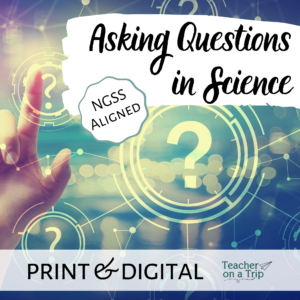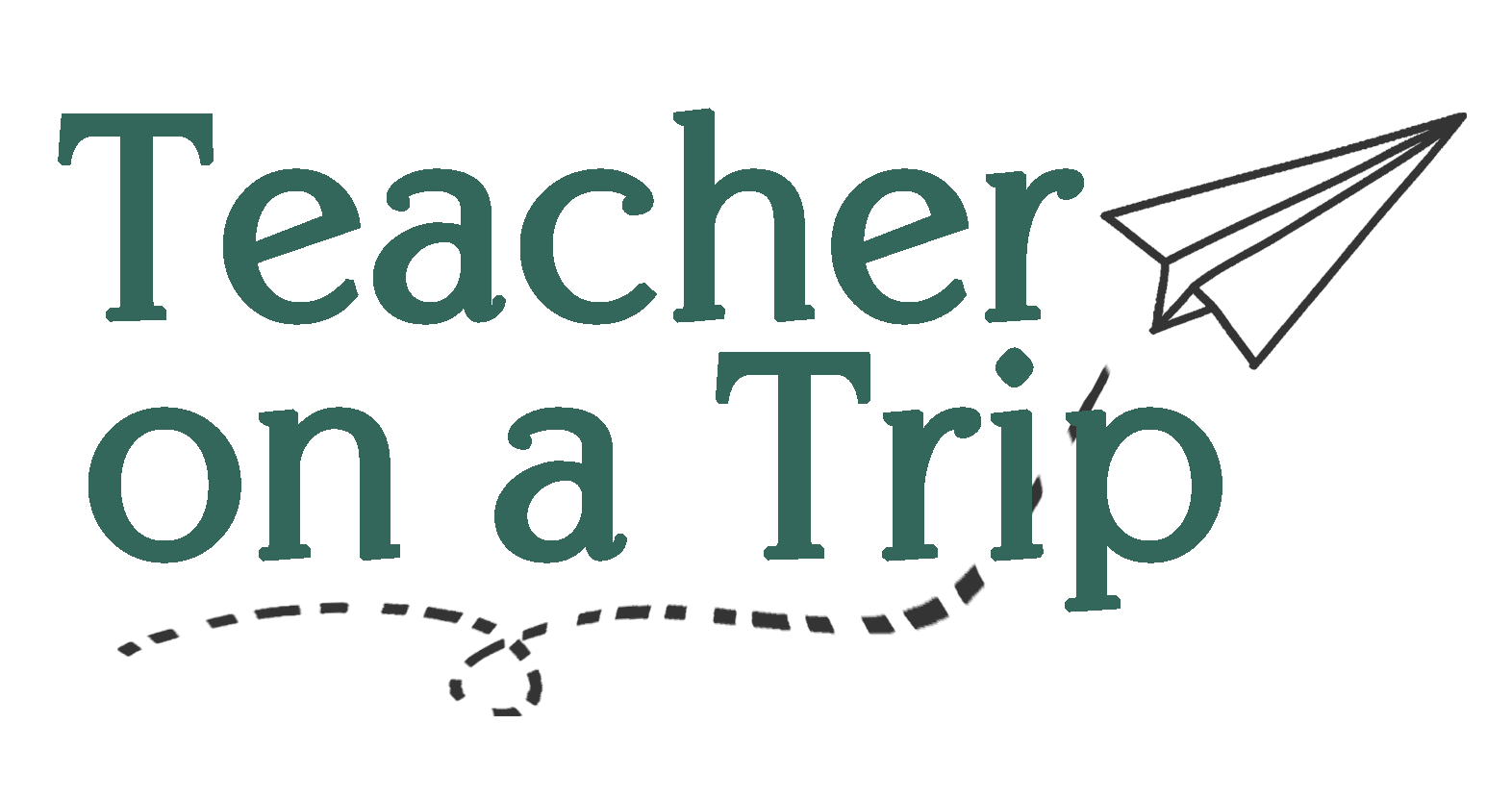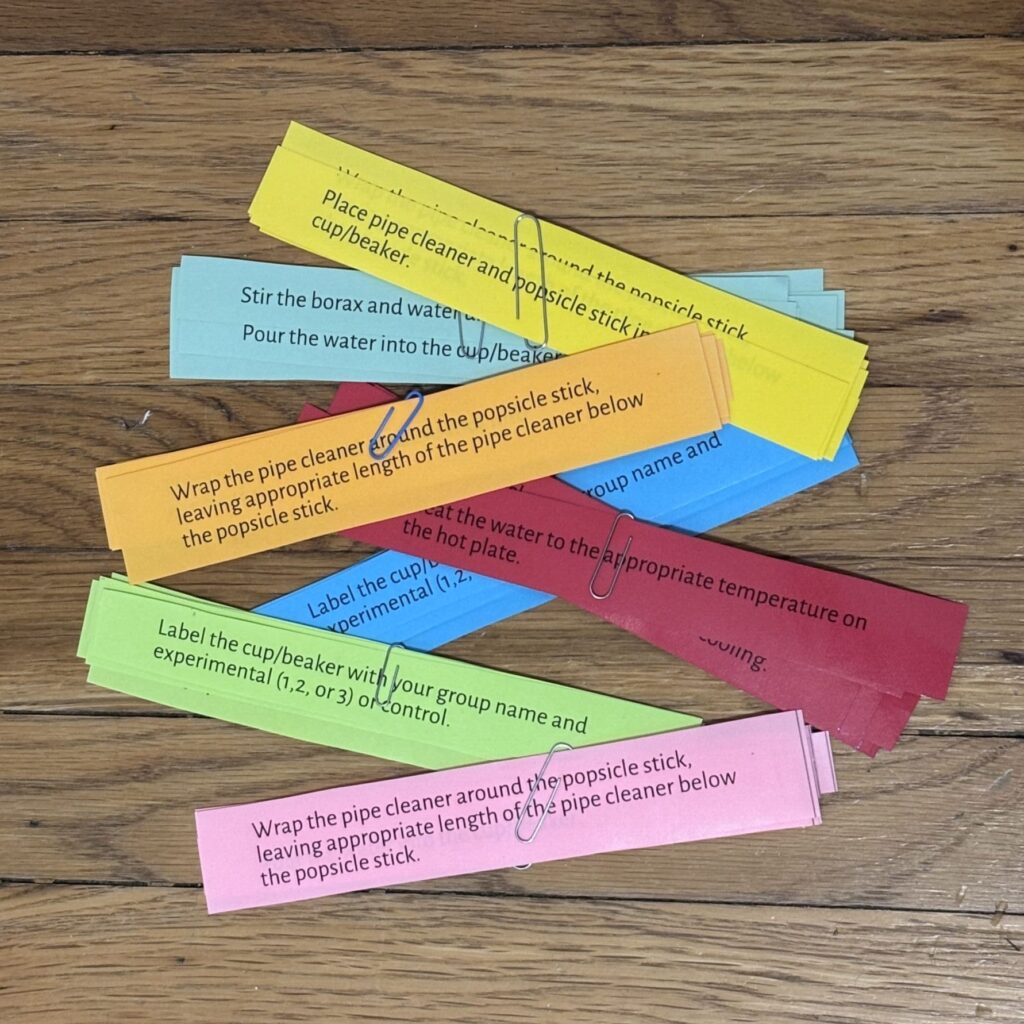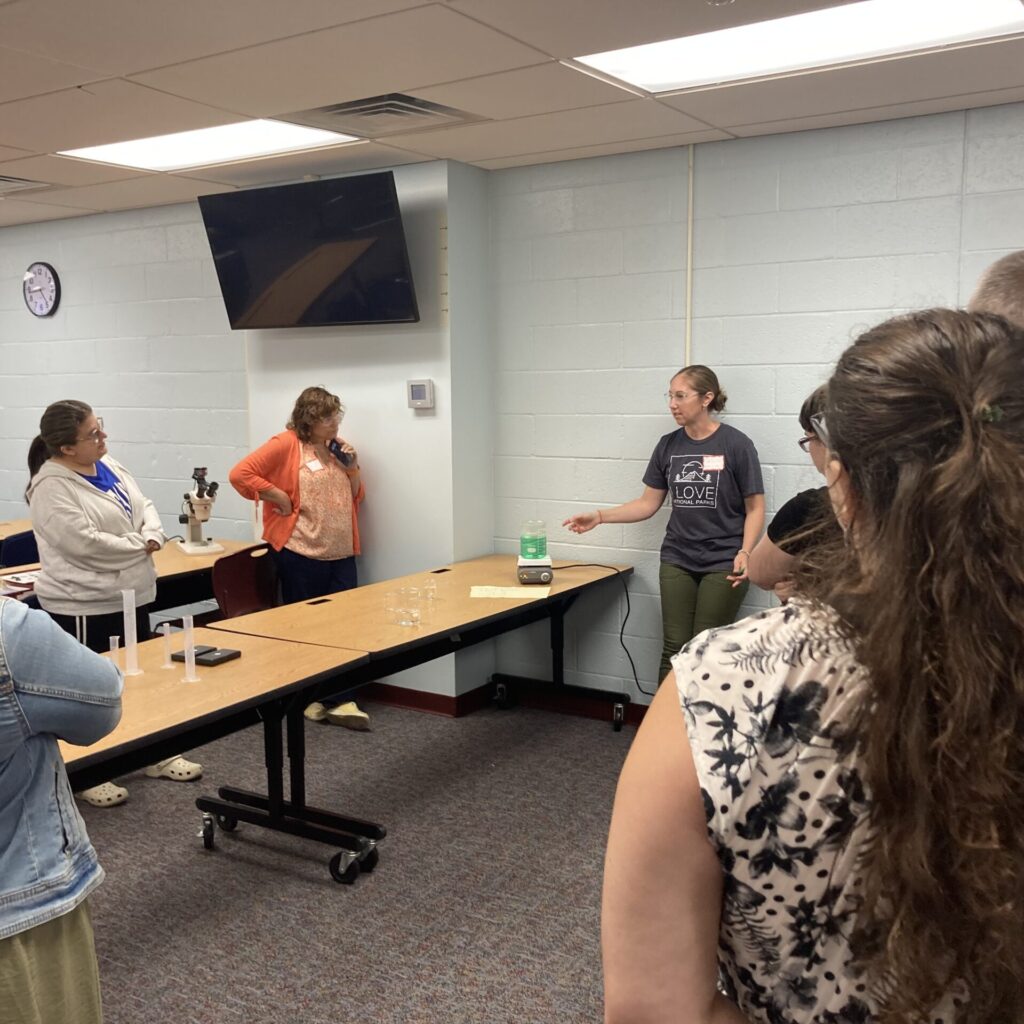What are Student-Developed Driving Questions?
You know those objectives and “I can…” statements that administrators love to see posted in the front of your classroom? Well, I’m here to tell you they’re not necessary in a classroom aligned with the Next Generation Science Standards (NGSS). Instead, students’ learning should be guided by their own questions. After all, we want students to ask questions and do science. So, what will you find hanging at the front of my classroom? A driving questions board with student-developed driving questions.
Open-Ended Questions. These are student-developed driving questions based on their observations of phenomena. Our entire storyline (unit) will then center around answering students’ driving questions.
I know what you’re thinking…
- How can I be sure my students will ask good questions?
- Are we really going to attempt to answer all of the students’ driving questions?
- How can I plan ahead if students are asking the questions?
- How many driving questions should we include?
Don’t worry, I’ve got answers to all of these questions! Read on to fully understand why using student-developed driving questions is an integral piece of aligning with NGSS and how to organize (potentially) hundreds of driving questions into a manageable set.
Why Should We Use Driving Questions?
The intent and spirit of NGSS is to engage students in authentic science and engineering practices to gain understandings of natural phenomena. Not surprisingly, students are more invested in answering their own driving questions. As teachers, we provide the structure and support students need to investigate and come to their own conclusions, but students should be the guides from the very beginning.
How Can I Plan Ahead if Students are Asking the Questions?
As the teacher, you will select the phenomena to show students. The key to planning in advance is anticipating students’ questions. While observing the phenomena, predict what types of questions students will ask – these should be questions that guide students towards the learning you want them to achieve.
Tip: Show the phenomena to a friend, partner, or colleague and ask them to develop questions based on their observations. If they align with your learning goals, then great! If not, adjust your phenomena.
It is possible that students will ask a question (or two) that you didn’t anticipate. I honestly love when that happens! Designing or enhancing a lesson that answers one (or two) additional questions is doable when you’ve already prepared the bulk of the content.
How Many Questions Should We Include?
I avoided using student-led driving questions for way too long because I couldn’t wrap my mind around how to answer 70+ students’ questions. (I teach three sections of earth science). Imagine if each student asked three questions, we’re at almost 200 questions to address. That’s too many! We’d spend our entire semester on one topic. But, on the other hand I don’t want to pick and choose which students’ questions are more “valuable.”
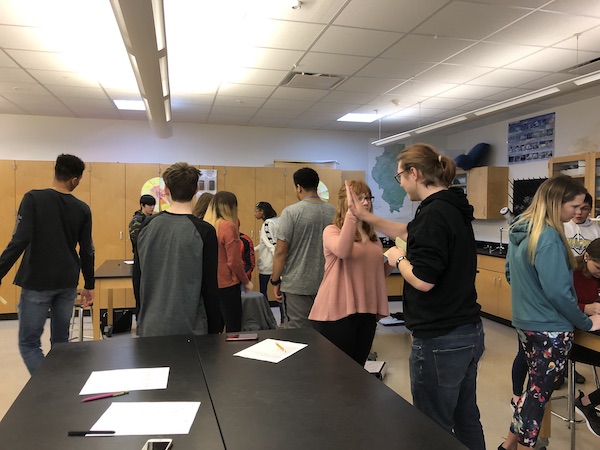
The key is for students to narrow down the driving questions to five or six(ish) pertinent questions that guide their investigations throughout the storyline. Of course in science, investigating a question can lead to more questions, so we do add investigative level phenomena and questions along the way. They always connect to helping students answer their original driving questions, though.
Organizing Student-Developed Driving Questions
The *magic* key to organizing students’ questions is giving students the responsibility to determine which questions are most pertinent for them to answer. After all, if we want students to buy-in and take ownership of the investigations, we need to release that control right from the beginning.
Below are the five steps of organizing driving questions. Notice who takes the lead in a majority of these steps. Teachers provide the structure, then release control and trust their students to ask pertinent questions.
Article: 7 Things to Know about Using Phenomena with NGSS
1. Teacher selects good phenomena
2. Students individually generate open-ended questions
3. Students collaborate with a partner to share/edit questions
4. Students collaborate with their group to select the “most pertinent” questions
5. Students theme questions to develop 5-7 final driving questions
1. The development of driving questions begins with a good phenomenon. Notice, I didn’t say “great” or “phenomenal” phenomenon. Good phenomena generate questions, but they don’t have to be the most mind-blowing things students have ever seen/heard/experienced.
Check out this anchoring phenomenon used to introduce the White Sands National Park Storyline. I know, it isn’t the most spectacular, but that’s okay! It does the job of igniting wonder in students, who will then ask quality open-ended questions to guide our storyline investigations.
2. Ask students to write three open-ended questions while observing the phenomenon. Whatever pops into their mind! Don’t stress about the grammar or if it is a “good” question, just write it down. For those keeping track, I have about 72 students across three sections of earth science. Let’s keep track of questions per individual class, though because you’ll find that from class to class students will develop similar driving questions. 24 students x 3 questions each = 72 questions. Way too many questions to reasonably answer.
If students are new to developing driving questions, they will probably need support. Start by discussing how to ask open-ended questions and how they can lead to future investigations. Editing questions and getting feedback is built into this activity, so students have room to improve!
3. Next, students collaborate with a partner and share the questions they developed. This is the time to give feedback to each other and ensure that all questions are open-ended. Then, together, they select and record the four (of their combined six) most pertinent questions. We’ve just narrowed down our question set a bit. Check the math – 12 pairs x 4 questions per pair = 48 questions. Still too many! Don’t worry, though, we’re not done.
4. Students collaborate one last time in a small group of four. They will narrow down their combined eight questions to the four most pertinent questions that will become driving questions for the storyline. Each student records one of the driving questions on a sticky note to prepare for the next step. A quick math update; 6 groups x 4 questions per group = 24 questions. The number is getting more reasonable, but still a bit high. The secret magic is in the final step!
5. Now, students will theme their questions. They get up, move around the room, and form groups with students who have similar questions written on their sticky notes. Yes, students are taking the responsibility for organizing their own driving questions!
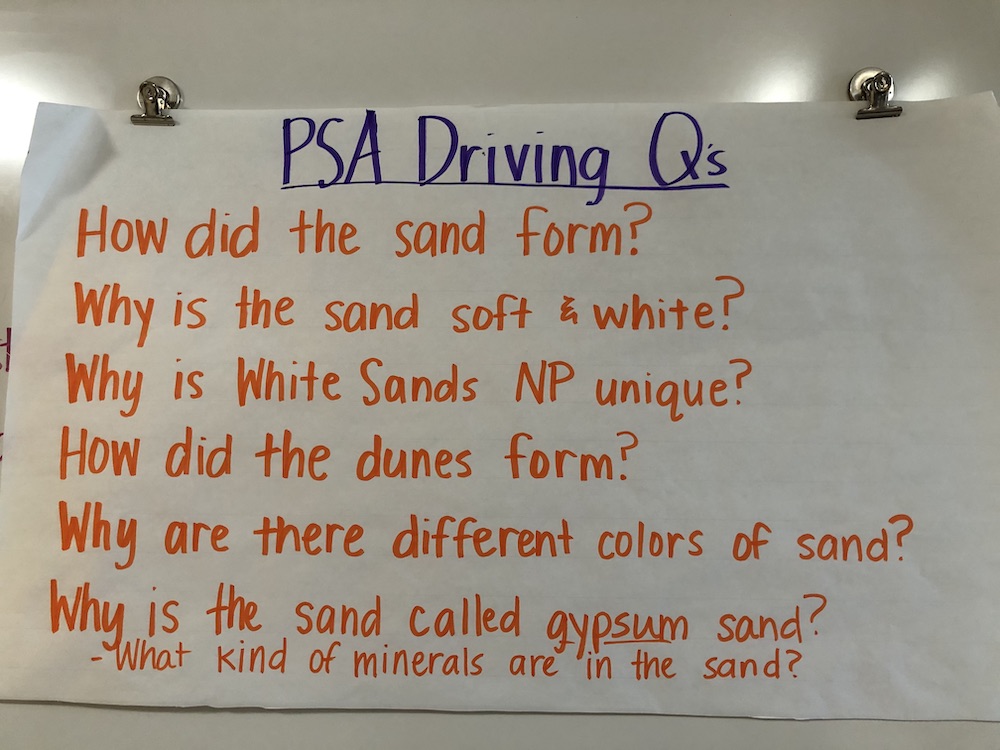
I do step in and assist just a touch with transitioning the themed questions into our finalized driving questions. This gives me the opportunity to combine the themes from each section I teach. Students’ driving questions are posted in the room throughout the entire storyline. Keep it in a conspicuous place so you can refer to it often and use their driving questions to keep student engagement and interest high. These are their questions after all!
Ready to get started right away? Save yourself the time of recreating this resource and get it ready-to-go here. Oh and did I mention, there’s a digital version too? Organizing Student-Developed Driving Questions is your go-to for kicking off a new storyline.
